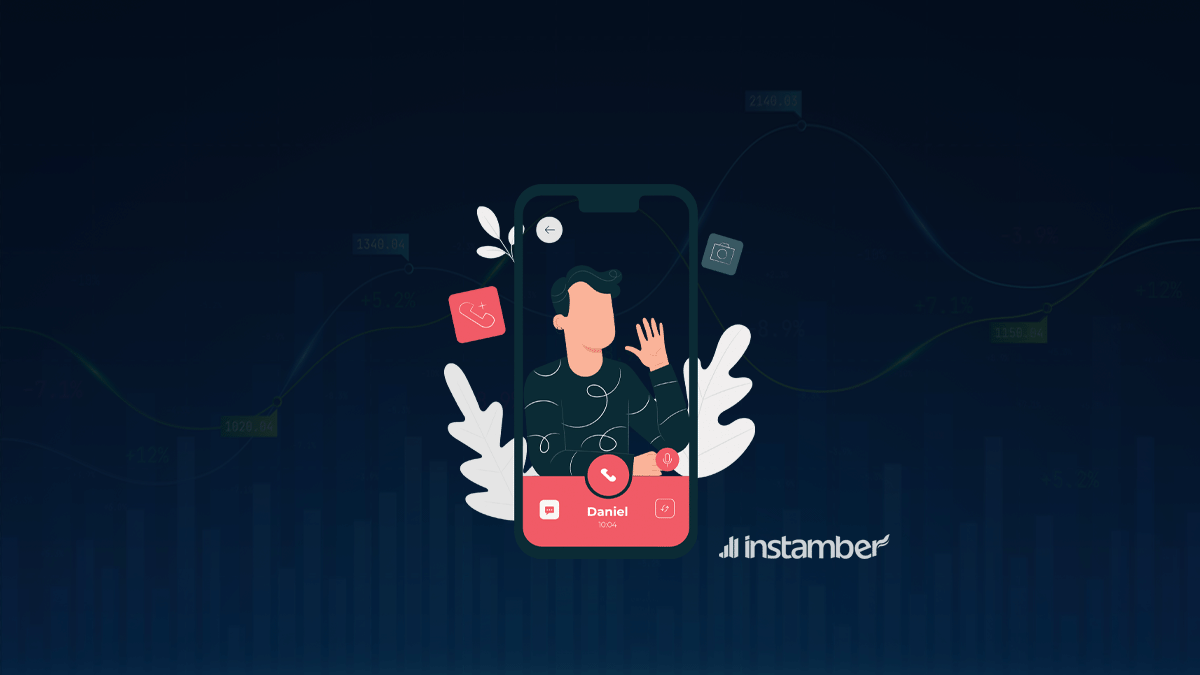According to recent research by Contact Babel, an overwhelming 95% of contact centers now utilize call recording technology. Surprisingly, only 1% of surveyed contact centers expressed no intention of adopting call recording in the future. Additionally, approximately 19% of contact centers intend to upgrade their call recording solutions.
Irrespective of which category you fall into, the call recording market is experiencing significant changes, driven by factors such as legislative requirements and innovative technologies that promise to revolutionize quality management. Presented below are some key emerging trends and influences in this space.
Exploring Advanced Features and Trends Call Recording Technology
#1 Regulatory Compliance
GDPR and PCI/DSS are two crucial compliance regulations that significantly impact call recording practices. While the GDPR came into effect in 2018, there remains some ambiguity regarding its interpretation of call recording.
One major area of impact is the “right to be forgotten.” Any customer or user has the right to have their data deleted upon request. However, it’s important to note that businesses are not automatically obligated to delete this information upon request. There may be valid reasons for retaining and storing such data that override GDPR requirements. Legal obligations, contractual agreements, or even public interest considerations can all justify the need for preserving recordings.
On the other hand, PCI/DSS is another important regulation encompassing the recording and storage of credit card information. Most businesses have already implemented systems and processes to ensure the secure handling of sensitive data, either by not storing it at all or by employing robust security measures. Call recording systems have long provided mechanisms to redact credit card details, in alignment with these regulations. However, the evolving landscape of contact centers, now operating across multiple channels, necessitates redaction across all recorded media types to safeguard sensitive information.
#2 Simplify Call Recording
Right now, neither Android nor iPhone allows recording calls by default. However, you can use the iPhone phone recorder in the form of an app. Just one application like iCall will be enough to organize the call recording. Using a call recording app is much easier and cheaper than purchasing expensive equipment. At the same time, the call recorder app iPhone makes it just as easy to store, transfer and analyze recordings. Plus, a call recorder for a smartphone often offers good quality recordings that are not inferior to professional business telephony. At the same time, the application supports free trial mode.
The call recording systems are currently available as standalone applications, but the market for them is oversaturated. The real growth lies in the associated analytics applications like speech and text analytics, which are sold together with the core call recording product.
These applications are becoming increasingly user-friendly as they present the extracted data in a clearer and easier-to-understand format. They eliminate the need for expensive data scientists to interpret the information, making them more appealing to mid-market enterprises.
#3 Cloud
Many businesses are now opting to upgrade their call recording solutions by transitioning to cloud-based communications. Vendors’ analytics applications, such as text transcription or text analytics, often rely on third-party services to process sensitive recordings. Businesses should be aware of this and evaluate the overall security of the solution accordingly. Beyond the policies of a particular service provider, cloud computing can offer high security, reliability, cost-effectiveness, and efficiency. This makes it an attractive choice for migrating broader communication systems
#4 Process Automation
The growing prominence of Robotic Process Automation (RPA) in the contact center industry is widely recognized. Organizations are increasingly leveraging AI and machine learning to automate tasks like quality management. Previously, supervisors had to spend a considerable amount of time listening to weekly sets of recordings. The insights gathered were then used to identify training and mentoring needs for agents. By incorporating RPA into the quality process, organizations can monitor all calls instead of just a sample, enabling the identification of gaps and trends that require attention.
#5 Customer Behavior Analytics
The growing complexity of consumer-brand interactions and the multitude of channels used necessitate a comprehensive understanding of the entire process. Customer journey analytics enables organizations to monitor and gain deeper insights into this process, including identifying customer service strengths and weaknesses. While primarily adopted by large enterprises currently, customer journey analytics is rapidly evolving and is expected to extend to mid-market businesses in due course.
Conclusion
Technology has greatly advanced call recording. They greatly reduced the need for manual labor. Cloud computing and automation systems have made it possible to work with a large amount of data, giving a better idea of customers, their requests and behavior. Businesses are now benefiting from call recording technology without spending much on business solutions. Regular applications on a smartphone are enough for most purposes. What to say? The future has already arrived.


